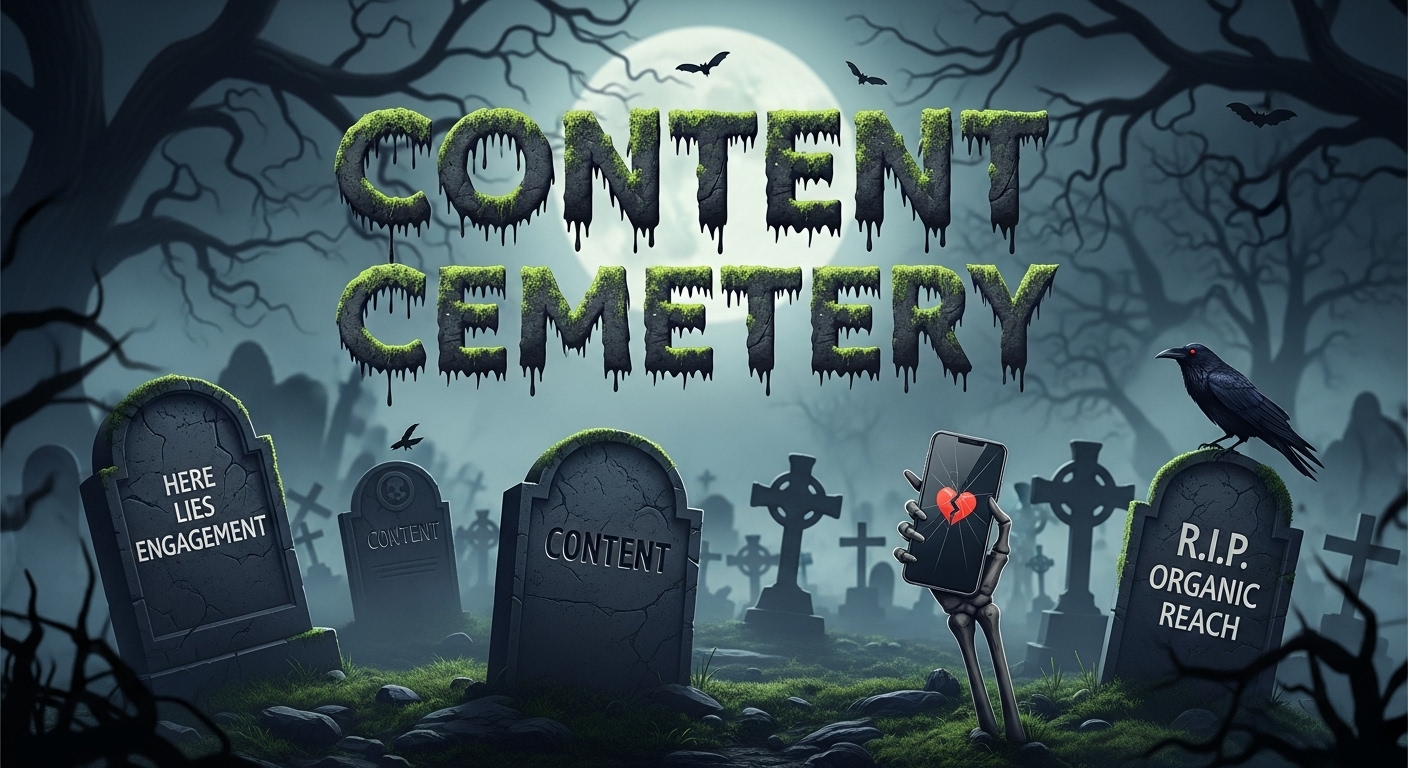
How to Plan and Optimize for a Multi-Touch Audience Journey

Personalization. Relevancy. Efficiency.
There are a lot of reasons why marketers (growth, demand, content, and digital) are taking an increasingly audience-centric, integrated approach to customer acquisition by looking at the full scope of the audience journey.
This includes:
- Understanding how your audience makes decisions
- Visualizing the audience journey as a multi-touch process
- Ensuring that the next best audience action mirrors the next best action in your journey
Keith Wiegold, Knotch’s Senior Director, Content Strategy, shares his perspective on why an integrated approach is so important to modern marketers and how he’s tackled and optimized for audience journeys in his past experience at Discover, Sears, IBM, and more.
Let’s get started.
Q: Why should we think about audience journeys as multi-touch, not linear?
Keith: It’s very seldom that you’ll find a prospect taking your step-by-step, minimum viable path to get from the beginning of their journey to a high value action to the ultimate conversion. This is especially the case for high consideration products or services where a lot of thought goes into the purchasing process.
Even for a low involvement purchase, like a pack of gum, there is still consideration that occurs. Maybe you like cinnamon gum. But at the convenience store, you can’t find cinnamon gum or don’t want to pay $4 for it, so you choose a different product. These simple factors are influencing consideration and are part of the journey of someone making even a low-involvement decision like this.
Or think about multi-million dollar B2B purchases. We know full well that up to 70% of the research has already been self-directed by the prospect before they reach out to a brand through a chat bot or via a demo request. These journeys are no longer hand-held by the sales people, rather initiated and instituted by the prospects all by themselves. They own their own journeys.
They might also progress through your planned journey, consuming multiple pieces of content…and then go quiet for up to six months. Or they start their journey, abandon the shopping cart, and come back later. They don’t just go from A to B to C to D. Content needs to follow their journey (and it is their journey) and be prepared for any and all paths. And these paths are nearly always multiple touch, multiple direction, and rarely linear.
So, planning for a linear journey is fine to ensure that no matter where or when a prospect drops into that journey, the right content will be ready for them. But with that, know that it will be multiple touches and likely a bit messy.
Q: How does a multi-touch audience journey strategy involve the different facets of your marketing team?
Keith: It’s important to aggregate the needs of your customer throughout their journey, and that involves alignment from different departments around the org. The high-level goal is the same for everyone there — the more directly you can convince a prospect to take your high value action or conversion, the more quickly you can fill your funnel with truly qualified leads or customers.
The great opportunity for an integrated marketing team is that they can help plan for a digital journey.
The key is to be able to see how each of the different customer journey stages and types of content in those stages interact with each other. And this is best informed by a broadly representative team.
Questions like:
- How can you figure out what progression the prospect is making, aside from simplistic pageviews or time on page?
- How can we optimize certain stages or certain pieces of content in that stage to make sure that the next high value action step is eventually taken, even if not on the timeline that we hope for?
Input and insight from these integrated team members are vital when answering these questions to optimize that journey. Brand, product marketing, demand gen, comms and PR, sales/sales support, customer marketing all maintain unique insights into personas and their needs in the journey.
Q: Walk us through how you map out a multi-touch journey.
Keith: When planning the customer journey and the corresponding content that goes with each of the stages, it’s so important to include in the mapping your minimum viable journey, a content experience per stage that addresses the questions or “need state” of that prospect to move them on to the next stage. They’re likely not going to move on unless whatever that concern/need is at that specific stage has been addressed. Key to that then is making sure that you map what high value actions and calls-to-action drive to those next stages.
This is how content nurturing is planned throughout the journey. Work backwards. Start with the ultimate action (like purchase or another high-value activity), then work one level prior, thinking, “What gets our persona to that next stage?”
What I’ve found in my experience is that even when you map those out, you may be finding that the call-to-action doesn’t end up being the right one. Look at the journey or funnel analysis and locate where you’re getting clogs or roadblocks within that flow.
Evaluate those content assets for that stage and make sure they’re integrated and relevant to the broader narrative you’re trying to tell through your content and the decision that they’re making. This matches the journeys and weaves a consistent story.
Q: Tell us more about the analysis process. How have you used data to optimize audience journeys?
Keith: I recommend using data as much as possible to drive and plan for these customer journeys and then to optimize them.
For example, when making a hypothesis, we posit that this is the best journey for our prospect to take. Based on the feedback data that is received, how do we then pivot and optimize? Can our learnings apply to other journeys or other personas?
Sometimes, we might look at a variety of different paths and personas but discover that the same content pieces drove them closer to the high value action. We can then experiment with optimizing around those pieces of content to shorten the journey to those high value actions or conversions.
There are also times where we think, “This would be the most natural next step…” yet often those journeys fall apart. When digging into the data, we may find that potential customers were falling off because we didn’t address the real needs of that customer for that stage. As a result, we have to revisit and revise the content that was being executed at that stage and stages leading to and from that content.
Become a thought leader
Become a thought leader
Trusted by the largest (and now smartest) brands in the world.
“Before Knotch we did not understand what content was driving business results. Now we understand which content moves the needle. Knotch’s cohesive reporting and insights paint a real picture of what’s happening on our website instead of the patchwork quilt that comes from a Google Analytics approach. With Knotch we have been able to re-prioritize ad spend, route better leads to our SDR team, and inform our content development initiatives.”

"The Knotch platform ensures that we deliver high-performing content tailored to young home shoppers, enhancing their experience and driving better business outcomes.”

"Our partnership with Knotch has been highly successful, empowering us to leverage data-driven insights and refine our content strategy.”









